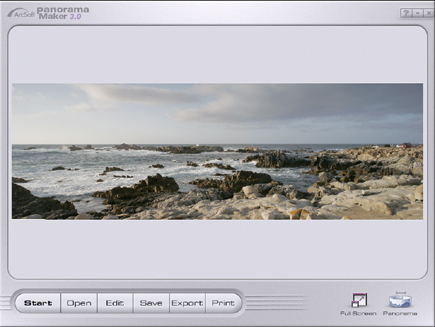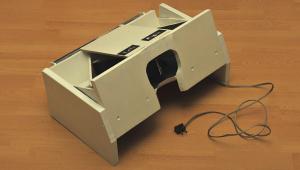Perspective Control (PC) Lenses For Panoramas; Not Just For Architecture Anymore
It's a well-known tenet that Perspective Control (PC) or tilt/shift lenses are intended for shooting architectural subjects. But who says you have to use them that way?
 |
|
|
A PC lens lets you do a certain amount of tilt/shift, rise/fall control, a limited equivalent to a technique that view camera photographers can fully exploit via the movable standards on their gear. Canon offers three such lenses: the TS-E 24mm f/3.5L, the TS-E 45mm f/2.8, and the TS-E 90mm f/2.8. For Nikon users there is the amazing PC Micro Nikkor 85mm f/2.8D. So what do you do if you don't shoot with Canon or Nikon gear? Well, there are PC (shift only) lenses offered for other systems--check the manufacturer's website to see if there is one for your camera.
 |
|
|
Zörkendorfer manufactures tilt/shift attachments that can be adapted to fit many cameras, including medium format. Both Horseman and Wista (HP Marketing) have recently introduced view camera-like devices that convert a normal SLR camera into a mini view camera.
 |
|
|
PC Panoramas
One exciting technique I have been playing with for a while now is stitching
images together in the computer to create composite panoramas. It's a
blast and it creates images that look like they were shot with a dedicated panoramic
camera. My fascination with panoramas started when I acquired a 6x12cm rollfilm
back for my 4x5 view camera. I really like the wide aspect ratio, the 6x12cm
rollfilm back is easy to use, and the 6x12cm negatives will print on a standard
4x5 enlarger. As my interest in panoramas grew I looked into shooting 6x17cm,
but found the cameras somewhat limited and, for me, too expensive. The Hasselblad
XPan seemed like a great compromise but I really didn't need yet another
camera system. While the XPan is no longer being produced you can still find
some dealer stock and used models.
 |
|
|
Then serendipity showed up in an opportunity to take a panoramic class taught
by George Lepp and Brian Lawler at the Lepp Institute of Digital Imaging in
Los Osos, California. Long-time friends of mine, and panoramic photographers
extraordinaire, Lepp and Lawler taught us to stitch images together using Photoshop
or an inexpensive, easy to use, software called Panorama Maker 3.0 by ArcSoft.
Problem solved, sorta. This eliminated the need for a specialized camera system
but the shots are not always simple to align. Care must be taken to allow enough
overlap of the images to facilitate the matching of elements within adjoining
frames. But with proper technique and attention to detail even 360Þ panoramas
are possible using virtually any camera.

















































